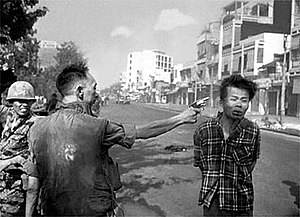February 1, 1920: The Royal Canadian Mounted Police Are Formed
February 1, 1920: The Royal Canadian Mounted Police are formed. It is the result of a merger between the Dominion Police, which was responsible for federal law enforcement, intelligence, and parliamentary security; and the Royal North-West Mounted Police, which had been responsible for colonial policing in the Canadian West. The new police service inherited the paramilitary, frontline policing-oriented culture that had governed the RNWMP, which had been modelled after the Royal Irish Constabulary, but much of the RCMP's local policing role had been superseded by provincial and municipal police services. The RNWMP, founded in 1873, just 6 years after Confederation, were the original "Mounties," and had the red jackets and the familiar campaign hats, the Stetson "Boss of the Plains." But they never used the motto "The Mountie always gets his man," made famous in the movies. They were honored in popular culture through characters that were usu...









